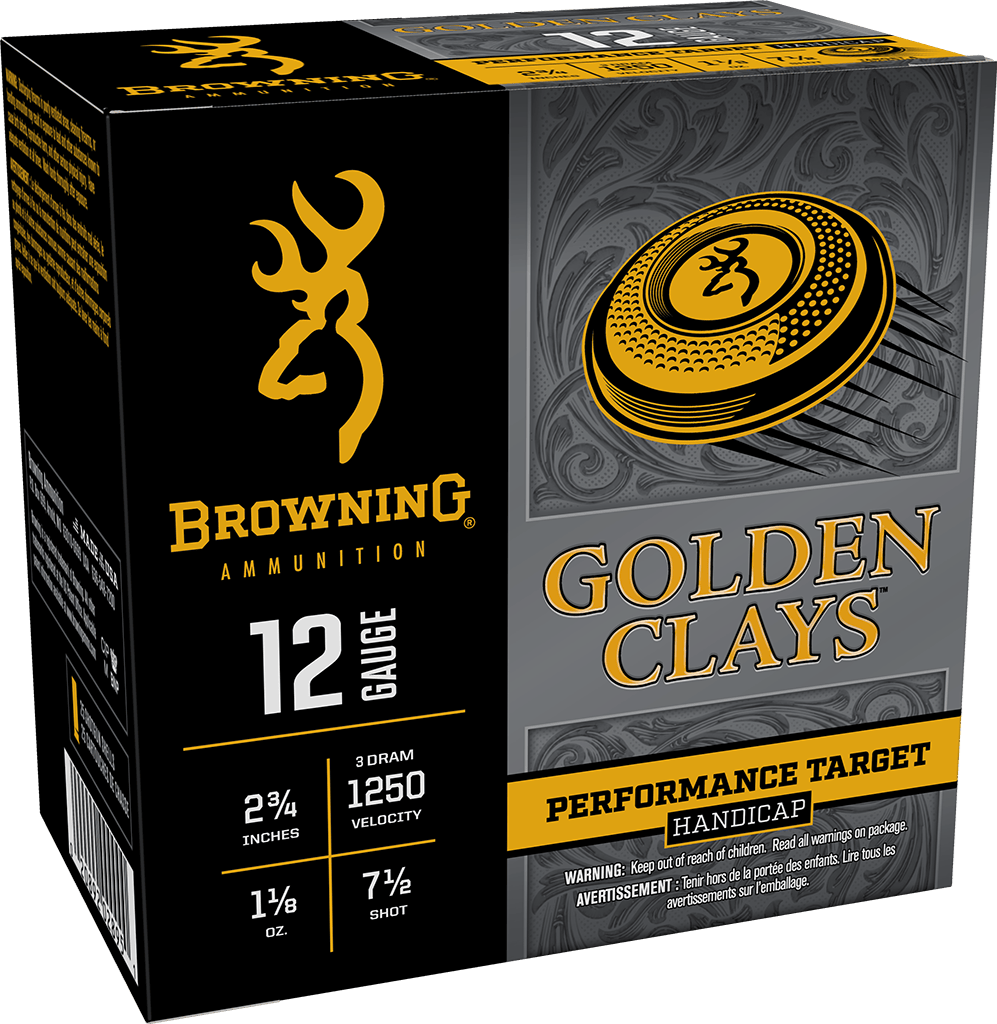Ballistic Coefficient and Predators
A young Alaskan sheep guide once told me, on our first night under the Northern Lights in spike camp in the Chugach Mountains, that there were three things he never, ever discussed with his hunters: politics, religion, and ballistics. Which indicates how contentious, and complicated, that third topic may be, leading invariably to more questions than answers.
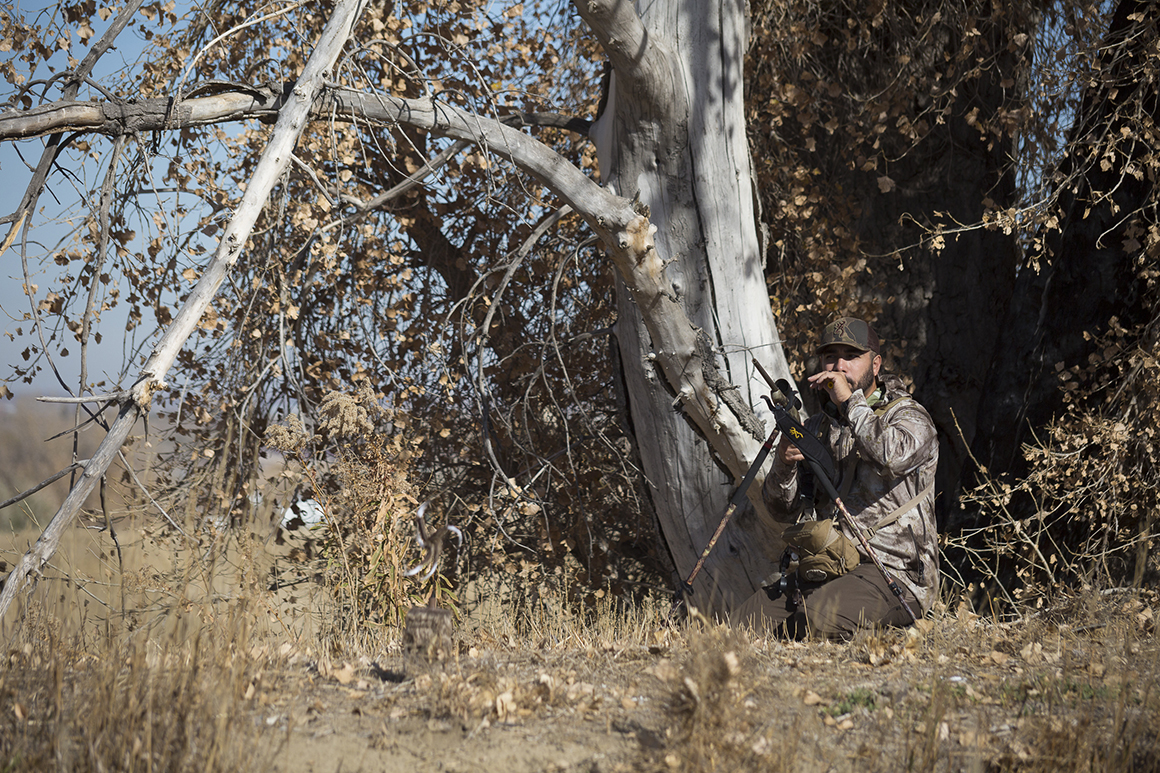
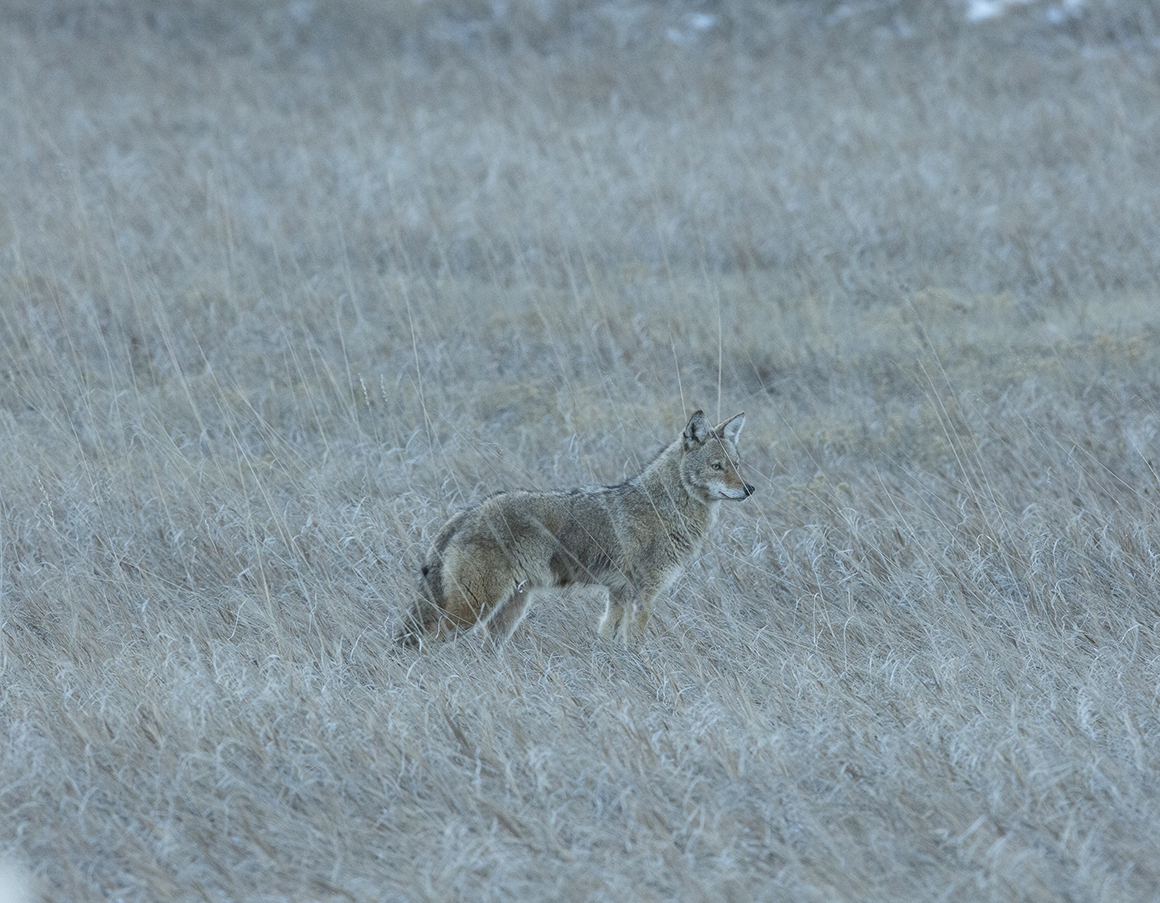
When we look at cartridges for predator hunting, the choices seem clear: Small and fast, often a .224-caliber bullet (though called a “.223”) running 50 grains, the bullets found in the Browning BXV 223 Remington and 22-250 loads. The 223’s muzzle velocity is 3400 feet-per-second (fps), while the 22-250 steps it up to 3800. With polymer-tipped, high-velocity varmint expansion bullets, the two rounds deliver muzzle energies of 1283 and 1603 foot pounds (fp), respectively, both insuring swift kills on lighter game.
Weight and velocity combine to produce muzzle energy; but there is also momentum. Decades ago, hypervelocity small calibers were thought to be ultra effective, because of what was referred to as “shocking” power, in killing larger game. Poor results in the field, though, led to a loss of faith in this credo, and also led to many game departments setting minimums for big-game calibers (much of the problem, it should be noted, was based on inferior bullets–thin-jacketed ones adequate for small game, but with a tendency to blow up on the exteriors of heavier animals).
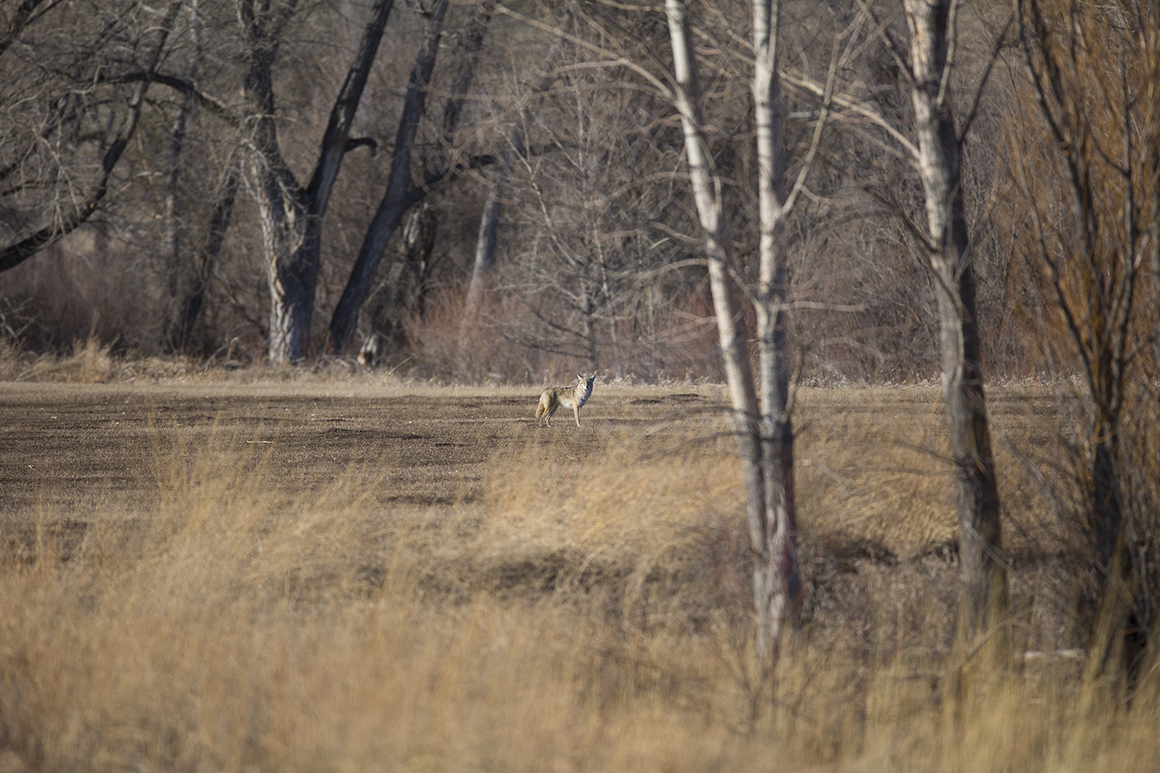
The debate continues about what factor is more important in killing power, with muzzle energy and modern bullets seeming to be the winner, though that may not always be the case. A 155-grain 30-30 develops some 1966 foot pounds of muzzle energy, compared to the 1603 of the 22-250, meaning that they are at least in the same vicinity, vis-à-vis energy. Yet if you were choosing which caliber and cartridge to use for deer, which would be your preference? The 30-30 is the one with the greater momentum, making you think, at least somewhat rightly, that the “dirty-thirty” is the better deer cartridge. To make matters even less simple, though, there is the question of ballistic coefficient (BC).
BC is more a quality than a factor. The history of its development includes the names of such scientific greats as Galileo, Newton, Bernouli, and Euler, and is dependent not just upon calculation but also evaluation of the shape of the projectile, some shapes being inherently more aerodynamic (i.e., less effected by air resistance, meaning likely to slow less rapidly over increasing distances and therefore in less need of compensation for drop going downrange) than others. As much as mathematics, trial-and-error testing (usually carried out by various militaries to find the most drag-free shape for artillery projectiles to obtain the greatest ranges) went into establishing the concept. The good news is that hunters don’t need access to an artillery range for determining BC, which is nothing more than a number for comparing different bullets, because manufacturers provide them; so hunters need only look at one BC versus another to decide which bullet ought to give them the flatter trajectory.
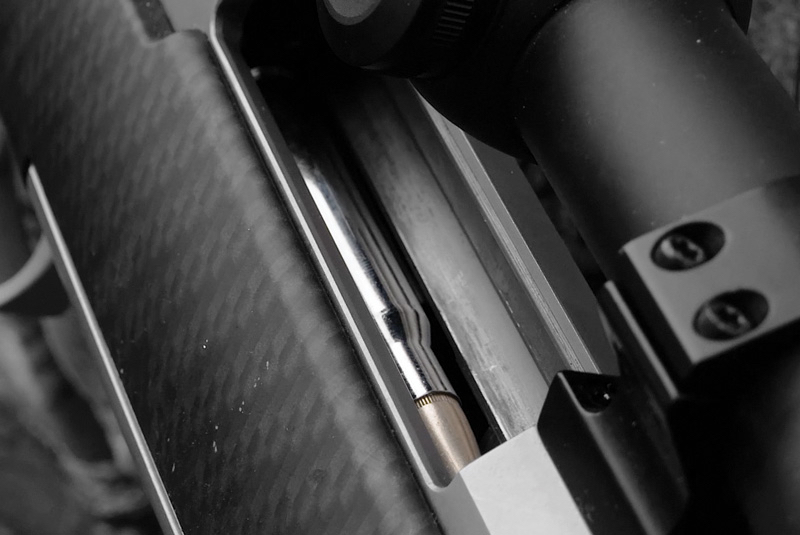
BC, along with velocity, will help a hunter judge the difference in drop between one bullet and another by referring to the estimates provided in a “drop table.” The 223 Remington and 22-250 both fire bullets with 0.242 BC. Because of the difference in velocities, though, the 22-250 will drop around 30-percent less at 400 yards than the 223, a significant difference when shooting at an animal, such as a coyote, that might measure barely 10-inches from back to brisket. On the other hand, and in another caliber, with two different weight 243 bullets and velocities–3400 fps for the 65-grain bullet with a 0.28 BC, and 3100 fps for the 97-grain with a BC of 0.371–the difference in drop at 400 yards is negligible, giving no real advantage to the 97 grain on predators, while still, with rapid-expansion matrix tip BXR ammunition, making it a better choice for heavier game such as deer and antelope.
At the risk of this blog blinding with science, one more consideration is the way BC, and another factor known as “sectional density,” helps gauge how a bullet will react to wind. To give you the condensed version, a longer, slenderer bullet (one with a higher BC and sectional density–as an example, a 50-grain 223 bullet has a sectional density only a little more than half that of the 129-grain 6.5 Creedmoor; and the Creedmoor has, as well, an enviable BC of 0.557) is less likely to be blown off course. In plain terms, a longer bullet like the Creedmoor’s, with other factors such as velocity being equal, is going to perform better than a shorter one over extreme ranges.
Is it worthwhile shooting a Creedmoor for coyotes, instead of a 22-250? At 400 yards on a relatively calm day? Probably not. At 600 yards in the kind of gusting wind you will frequently find in coyote country? Maybe. (If you want one more headache, at 600 yards the 22-250 produces less the 300 fp of energy, while the Creedmoor gives more the 1100. But, then, we are talking coyotes and not deer, so 300 fp may be just fine.)
Nobody ever said that ballistics was supposed to be pretty. Or painless. Proving most of all that that young sheep guide was undoubtedly wise beyond his years.
Follow Browning Ammunition’s social media channels for more hunting and shooting tips and updates on Browning Ammunition supported events and promotions on Facebook, You Tube, Instagram and Twitter.

